Happy Wednesday, my friends! Today, I would like to share a neat little tactile letters activity with you. This activity is wonderful for children who are learning their letters and sounds, as it really reinforces the letter shapes and gets your child to think about the letters in a mindful, focused way.
For the activity, you’ll need some letter cards. The cards are included with How Wee Read (along with many more beautiful printables), but you can download a sample that includes the first grouping of letter cards right here:
How Wee Read is my learn-to-read resource. It covers it all, from rhyming to reading in 60 sequential, simple, and playful lessons:
- Step One: Phonological Awareness (7 lessons)
- Step Two: Letters, Sounds, and Blending (12 lessons)
- Step Three: Special Rules (5 lessons)
- Step Four: Familiar Readers (36 lessons)
Today, I will share one of the letter activities included with How Wee Read. This activity will help your little one learn their letters and sounds in a hands-on, tactile way.
5 Benefits of Tactile Learning
Learning letters by touch, also known as tactile or kinesthetic learning, offers so many benefits!
- Enhanced Memory and Retention: Using the sense of touch can enhance memory and retention. Intentionally feeling the shapes of letters helps solidify the letter forms in the child’s mind and also helps with recall.
- Multi-Sensory Learning: Combining touch with auditory cues, like hearing the letter’s name as it’s touched, reinforces learning and improves understanding. Sensory learning like this can also be quite calming for children!
- Personalized Learning: Children who struggle with traditional visual learning may find tactile learning more effective.
- Fine Motor Skills Development: Tactile learning, like manipulating raised letter cards, involves fine motor skills, which can help with handwriting, dexterity, and coordination. Becoming familiar with the letter forms is also a key first step in learning how to write.
- Increased Focus: Tactile learning requires focused attention and engagement. This heightened concentration and mindful attention to the letter shapes can help children learn their letters more effectively.
Learning Letters and Sounds
Before we get into the activity, I want to share with you the very special order that we introduce letters. When we teach children their letters, it is important to do so in small groupings and in a specific order:
- s, a, t, i, p, n
- c, k, e, h, r
- m, d, g, o
- l, f, b, q, u
- j, z, w
- v, y, x
This letter order, similar to how letters are taught in the Jolly Phonics Program, allows reading to flow naturally. After learning the first six letters—the ones you will be practicing with these learn-to-read games!—children can already make words in the “at,” “an,” “it,” “ip,” “ap,” and “in” word families.
You can read more about the order for introducing letters right here. It is the same order that we use in my learn-to-read program, How Wee Read!
Your free letter cards include the first grouping of letters: s, a, t, i, p, and n. We’ll use these cards to play with that grouping of letters. After playing and learning, they’ll be ready to blend those sounds together to make and read words!
Learning with Tactile Letters
Now let’s get into the tactile letter activity!
To prep, print and cut out your s, a, t, i, p, and n cards. Trace over the letters on the alphabet cards with a hot glue gun and let dry.
When the glue is cool and dry, hand a card to your child and have them guess which letter it is by touch only. Have your child close their eyes and feel the letter on the card. Can they tell which letter is which?
This sort of tactile learning really helps to reinforce the shapes of the letters—the curvy S, the straight lines of the T, the dot above the i, etc.
When your child correctly identifies the letter, have them say the letter and the sound one more time as they trace over the letter with their finger. Combining this auditory and tactile experience is wonderful for reinforcing learning and building those brain connections.
You could also try:
- giving your child three letter cards and have them identify a specific letter by touch
- giving your child one uppercase and one lowercase letter and have them identify which is which by touch
- hot gluing pipe cleaners, yarn, or twine over the shapes of the letters for a different sensory experience
More Tactile Learning Opportunities
This activity can also be modified for so many other learning opportunities! You could use it to practice:
- sight words or other simple words
- numbers (you can grab the printable number cards here)
- shapes
- pre-writing forms
Or anything else you can think of!
Tactile Letters Art Extension
Once your little one has played with all of the letters and is confident in identifying each letter, create some art with the cards!
To make a crayon letter rubbing, place a piece of paper over the hot glue letters and rub a crayon across to reveal each letter on the piece of paper.
I hope your little one enjoys learning their letters with this hands-on sensory activity!
For absolutely everything you need to teach your child to read, step-by-step in 6o simple lessons, take a peek at How Wee Read right here:
https://shop.howweelearn.com/pages/how-wee-read
Thank you so much for reading, my friend!
xo
Sarah
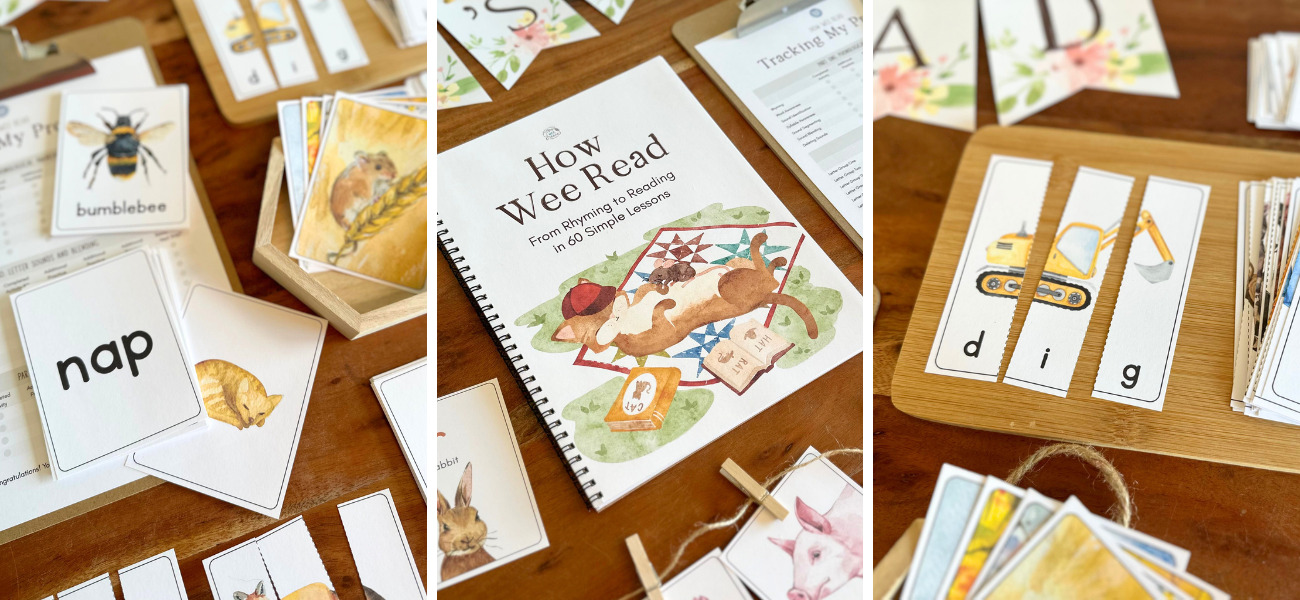
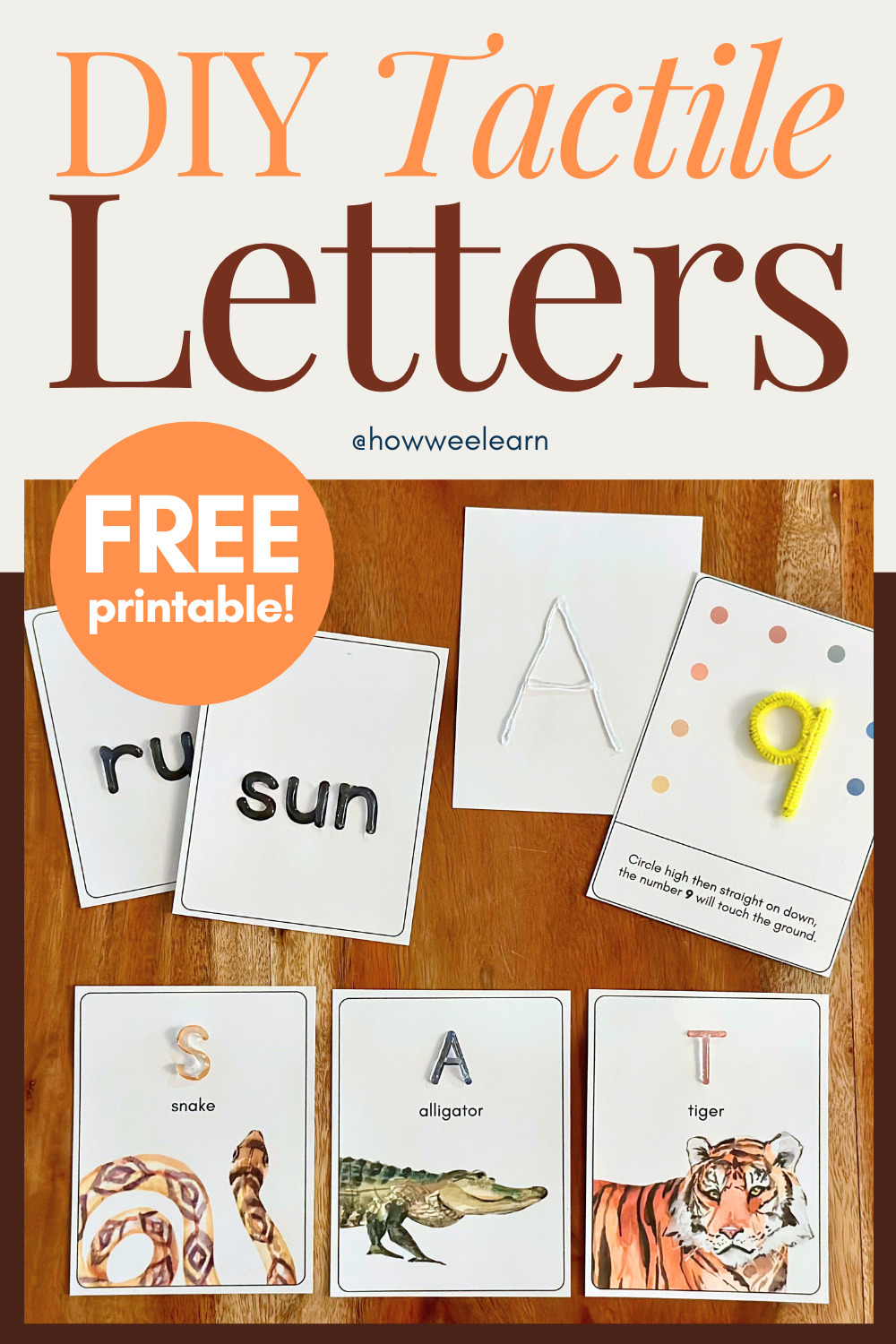


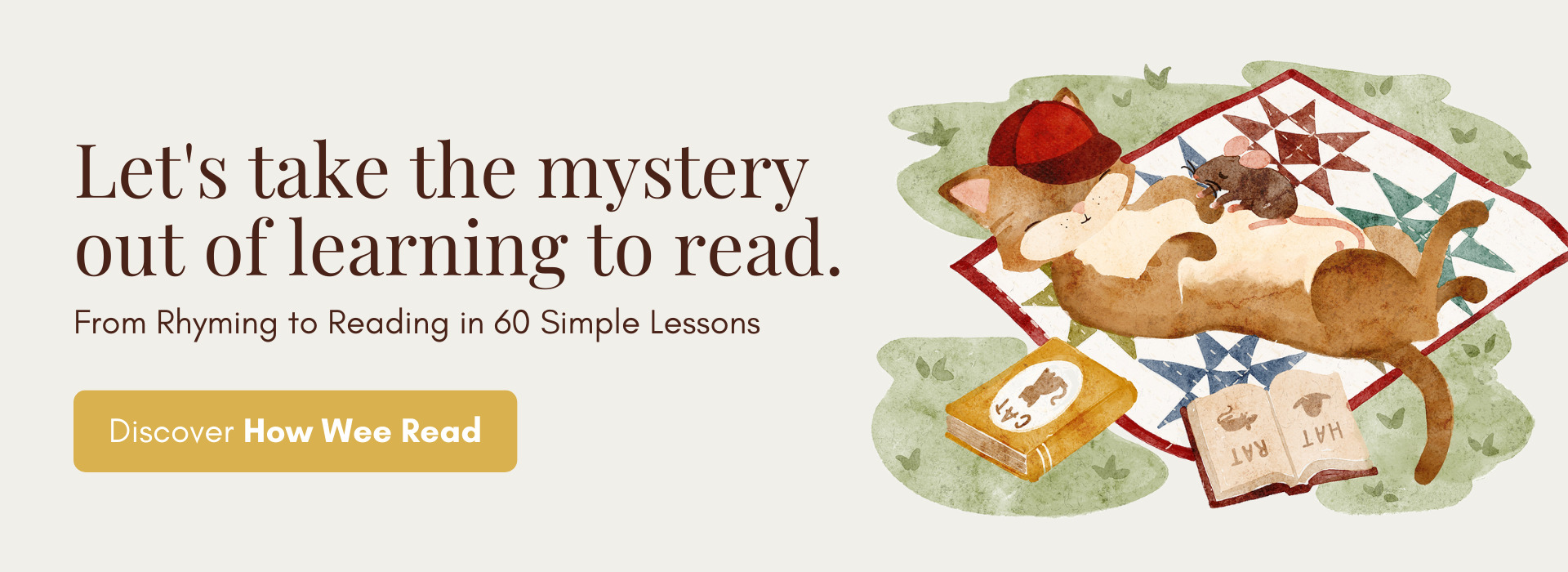
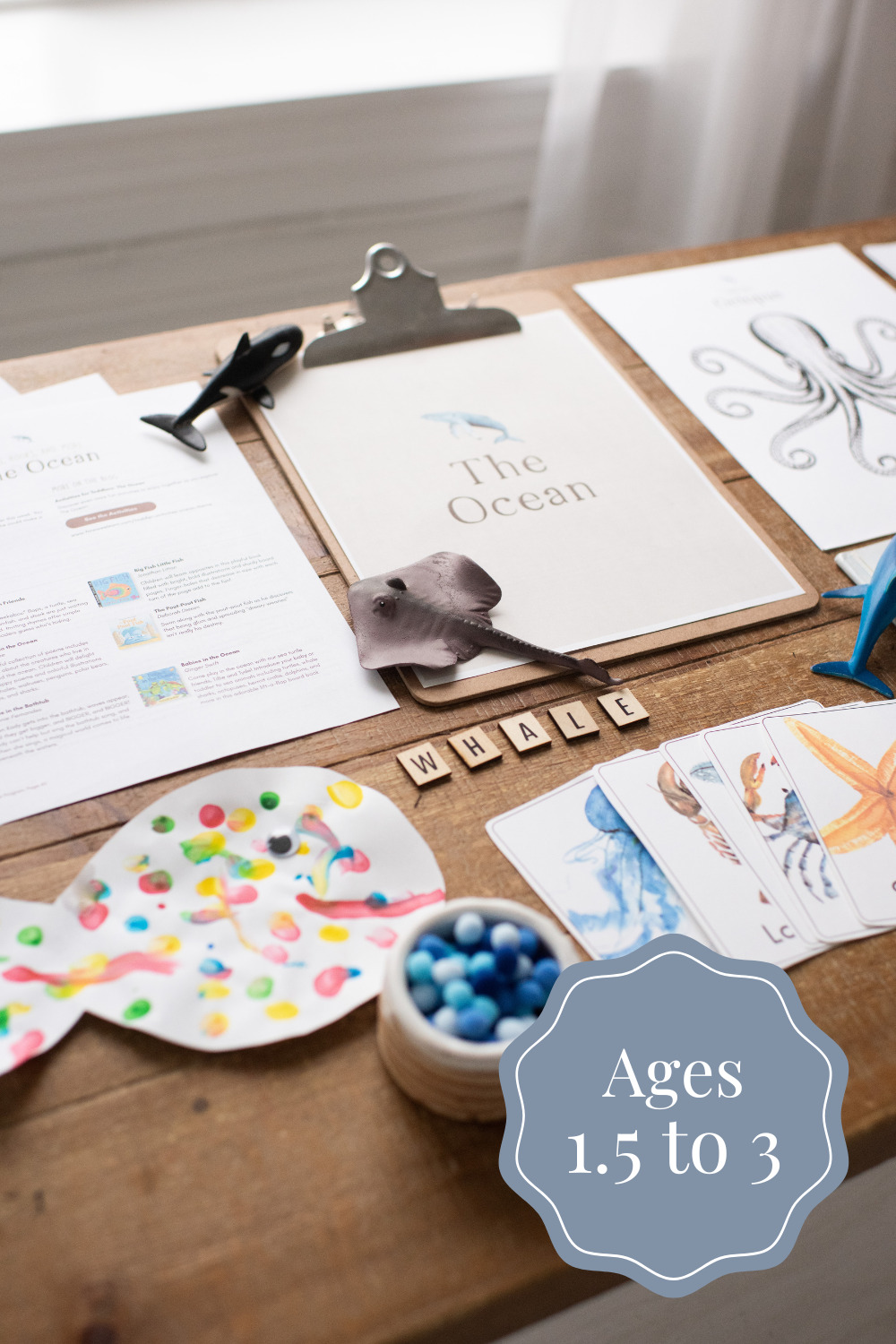
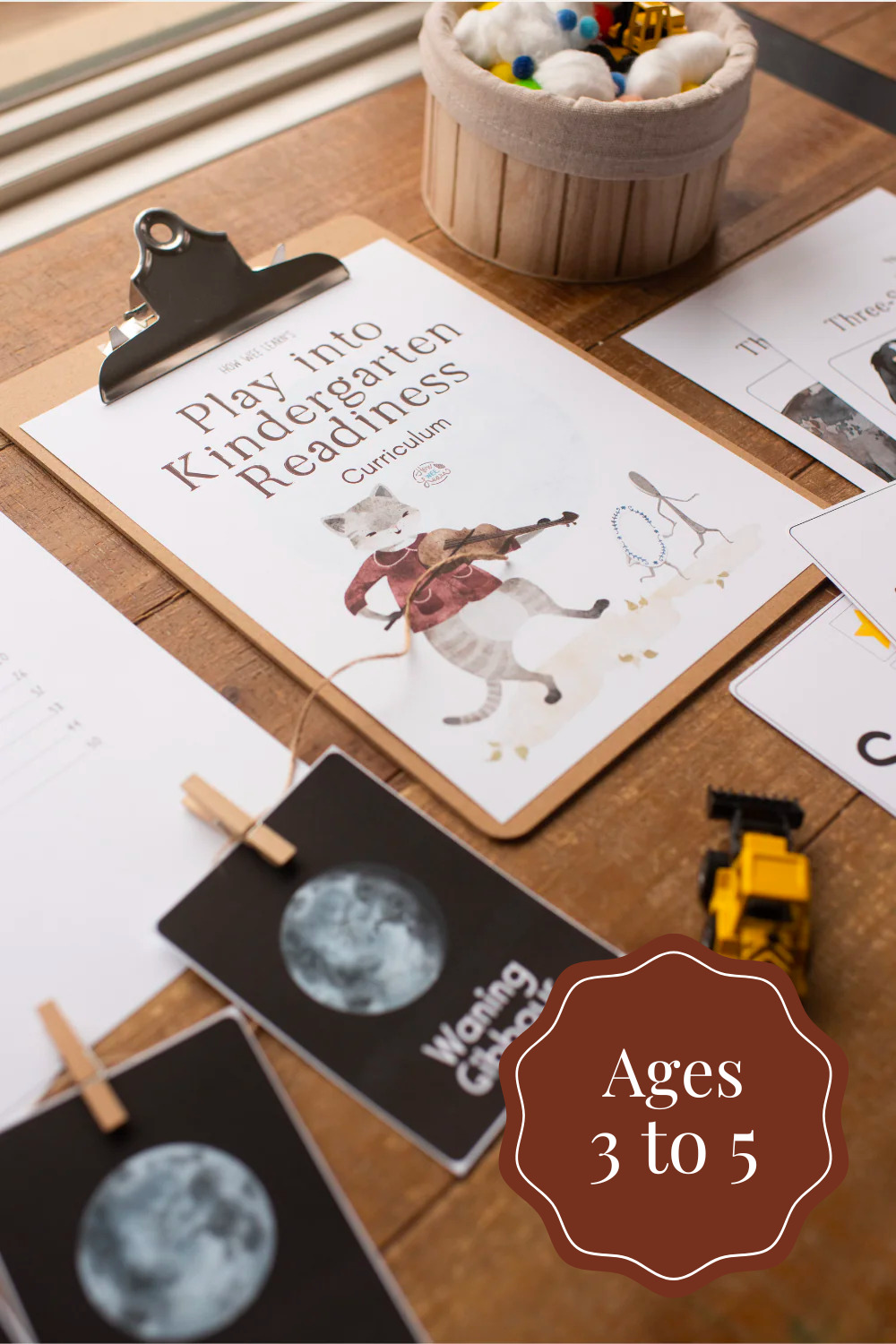
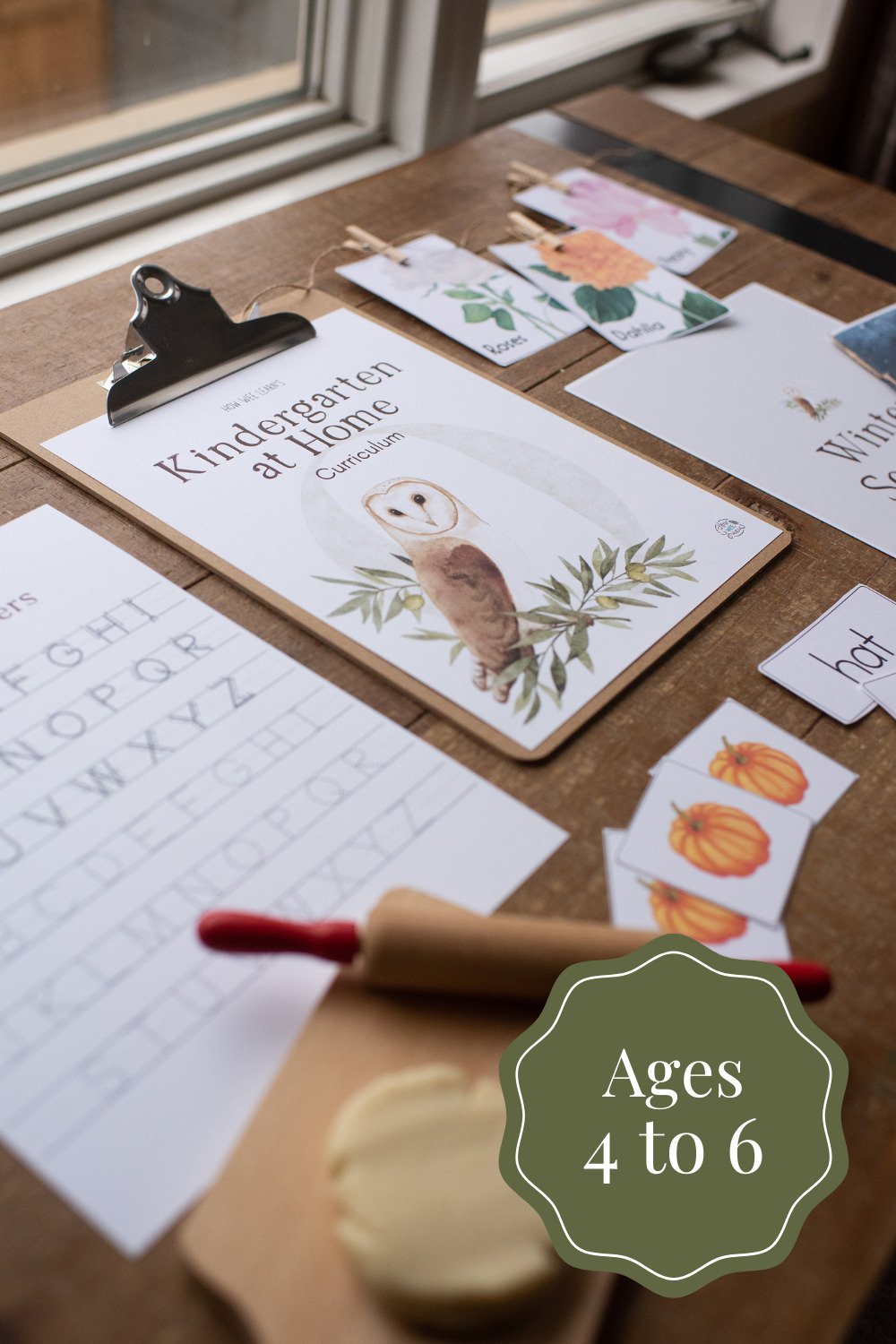
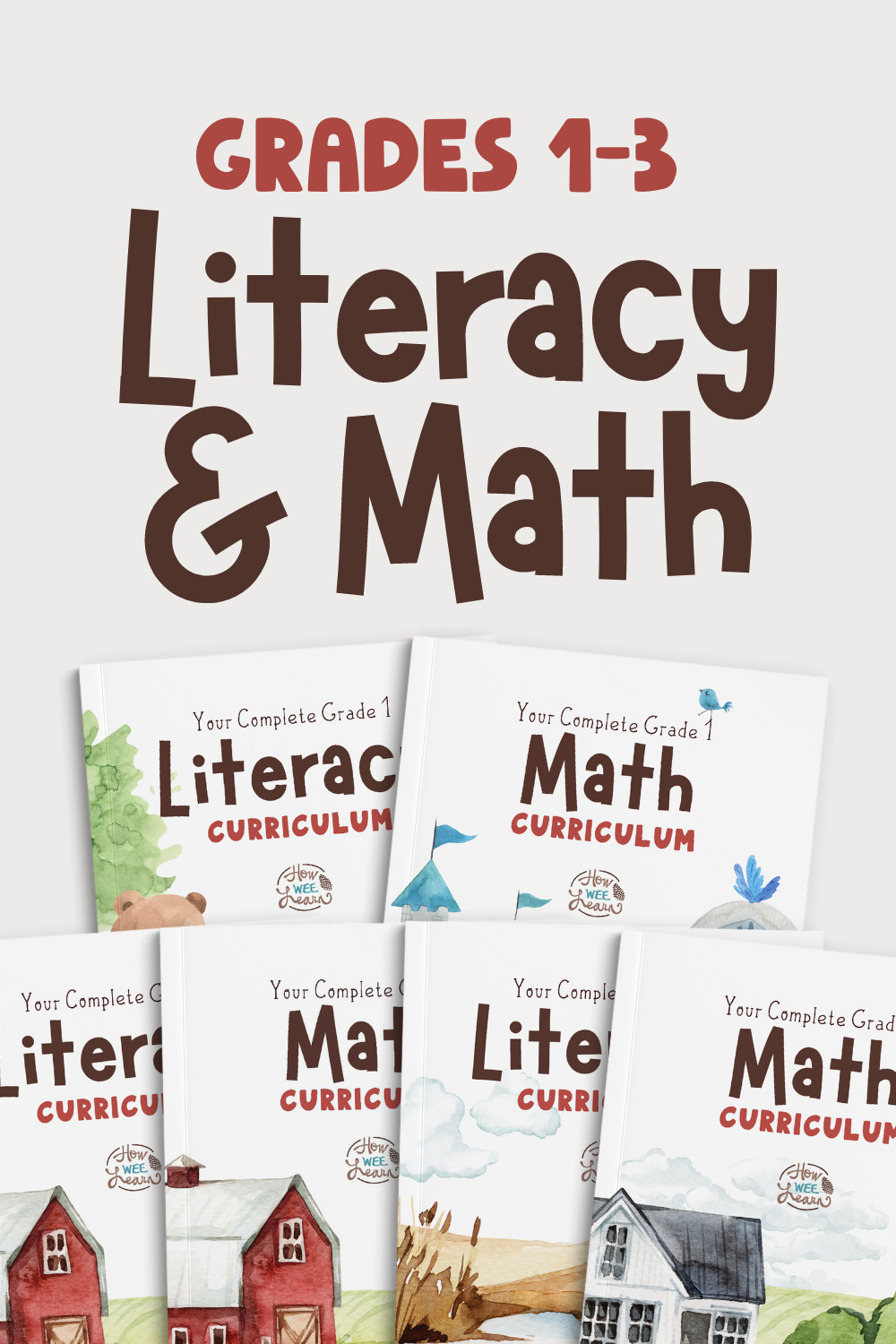

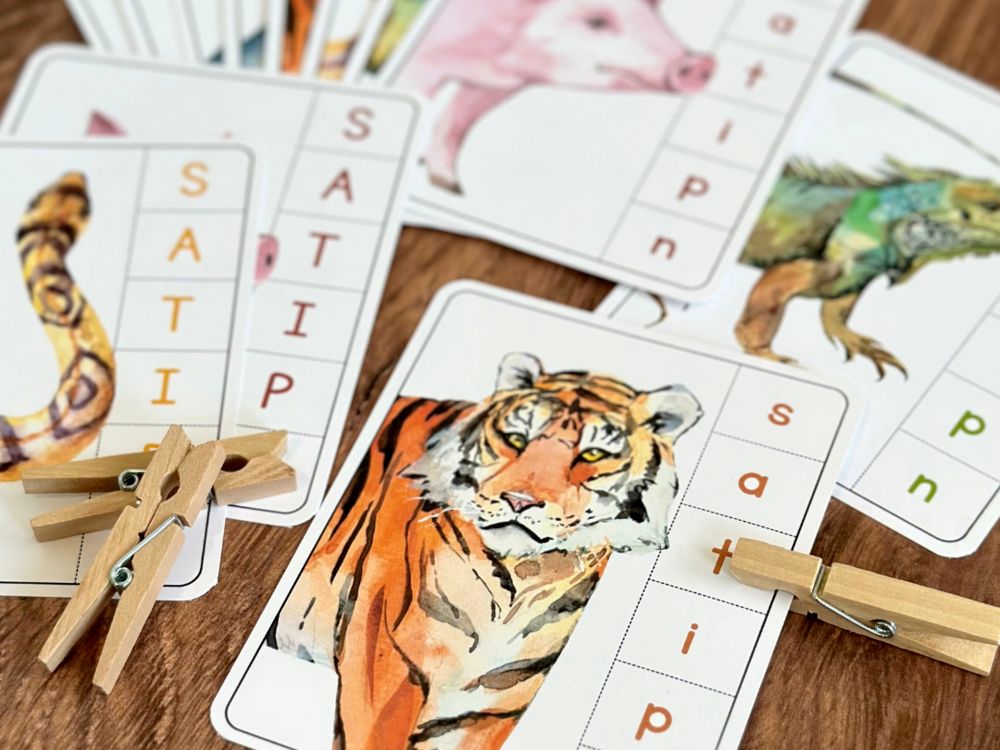
Leave a Reply